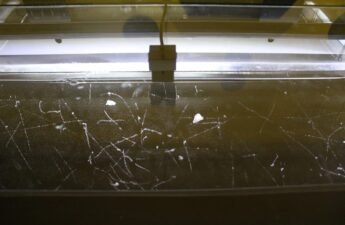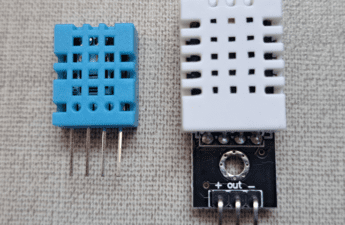Avionics are electronic systems and devices used in aircratfs. This post is the first part about the main sensors and instruments used in aviation.
Measuring rotations per minute (rpm)

The instrument which measure rotations is called tachometer. All aircraft needs this instrument to measure the power turbine’s percentage, the helicopter rotor’s rpm and speed of any important machine. A three-phase alternator is coupled with gearbox, supply a AC synchronous motor, the later turns a permanent magnet inside a metal drag cup. Foucault currents are generated, in its turn produce a torque in the drag cup against the spiral string and turning the pointer.

In more modern tachometers, the electric signals from alternator go to a processer, which counts the frequency and convert in a digital signal to appear in a display.

Measuring temperature
It is necessary to measure the temperature from engines and turbine’s exaust. The aircraft’s thermometers use thermocouples, which are good to measure high temperatures. Two wires made of different metals linked in a point called sensor or hot junction. These two wires also are linked with other wires made of other metal in another extremity called reference or cold junction. The temperature difference between the junctions creates a difference of electric potential, this is the Seebeck or thermoelectrical effect.

These are examples of thermocouple sensors used in aircrafts.

Measuring the quantity of fuel
The main fuel meters used in aircraft use a variable resistor or capacitor. In the resistive indicators, a float object is linked to a potentiometer and the float’s motion varies the resistence in the potentiometer, by its turn changes the current in the indicator.

The signal can be converted in the digital form to show in a display.

Are implemented compensation potentiometers to make adjusts when the tank is empty or full, improving the precision. Another type of system uses an aluminium variable capacitor which stays in the tank, these are the capacitor’s plates.

The capacitance changes when the tank’s level change, because the dielectrical constant is higher than the air. This system is a AC bridge with a reference capacitor. To know how circuit bridges work, click in the button below.

Compensator potentiometers are put in parallel with transformer’s secondary winding. The output signal is amplified or converted in the digital form to be displayed in the indicator.
In the next part, I will show other avionic sensors and instruments, which measure other important variables.




I just bought an old crop duster from my uncle and plan on restoring it so that I can use it on my own farm. It’s good to know about all the sensors I need to replace in order to find out if the plane is still in good condition to fly. I’ll be sure to look around for an aircraft tachometer as the one I have seems to be busted. It’d be important for me to know about the rpm and power that it receives so that I can more easily tell if something is wrong with the engine, so I can’t exactly fly it without that.
Good luck for you.